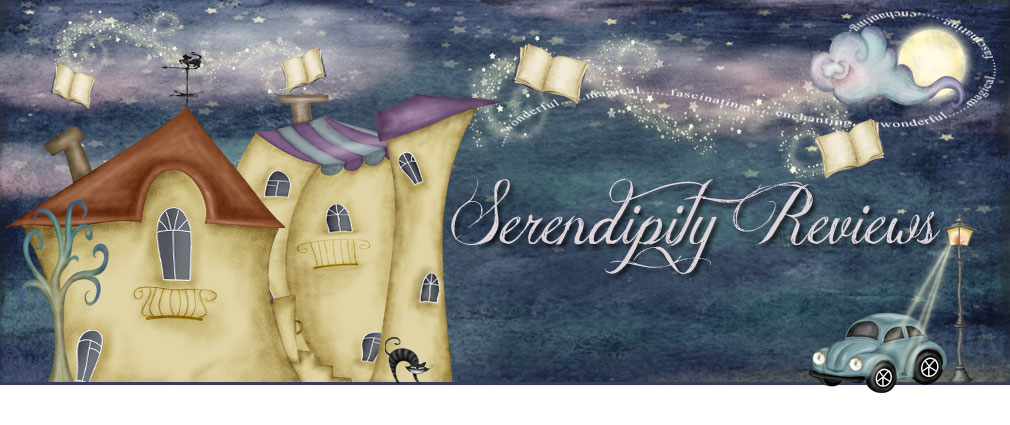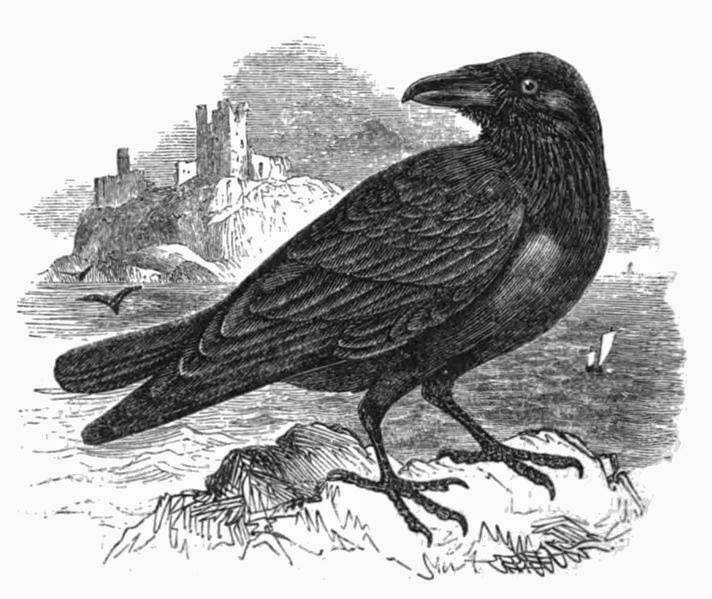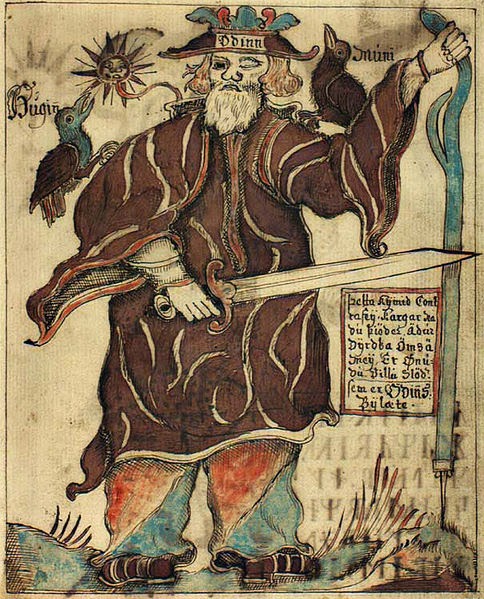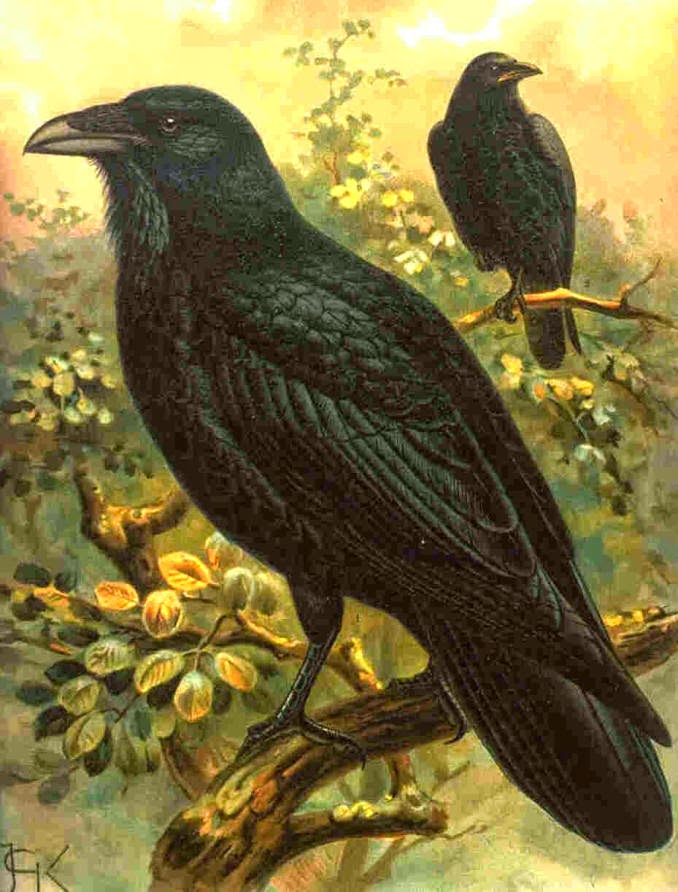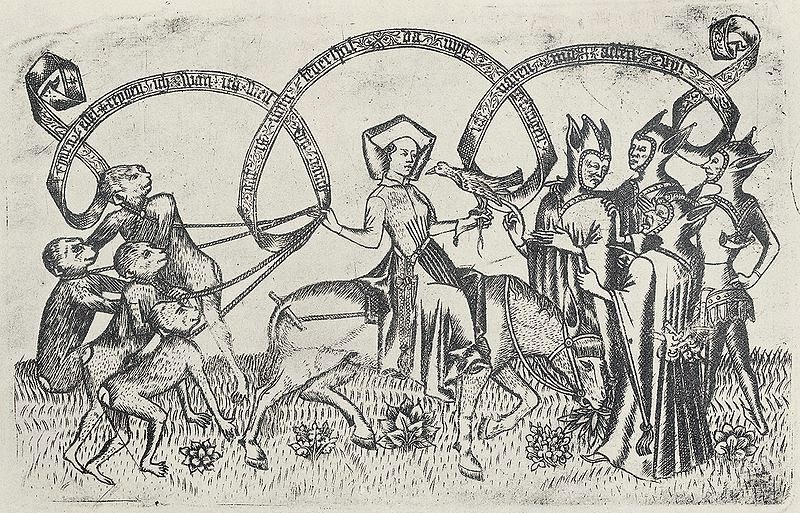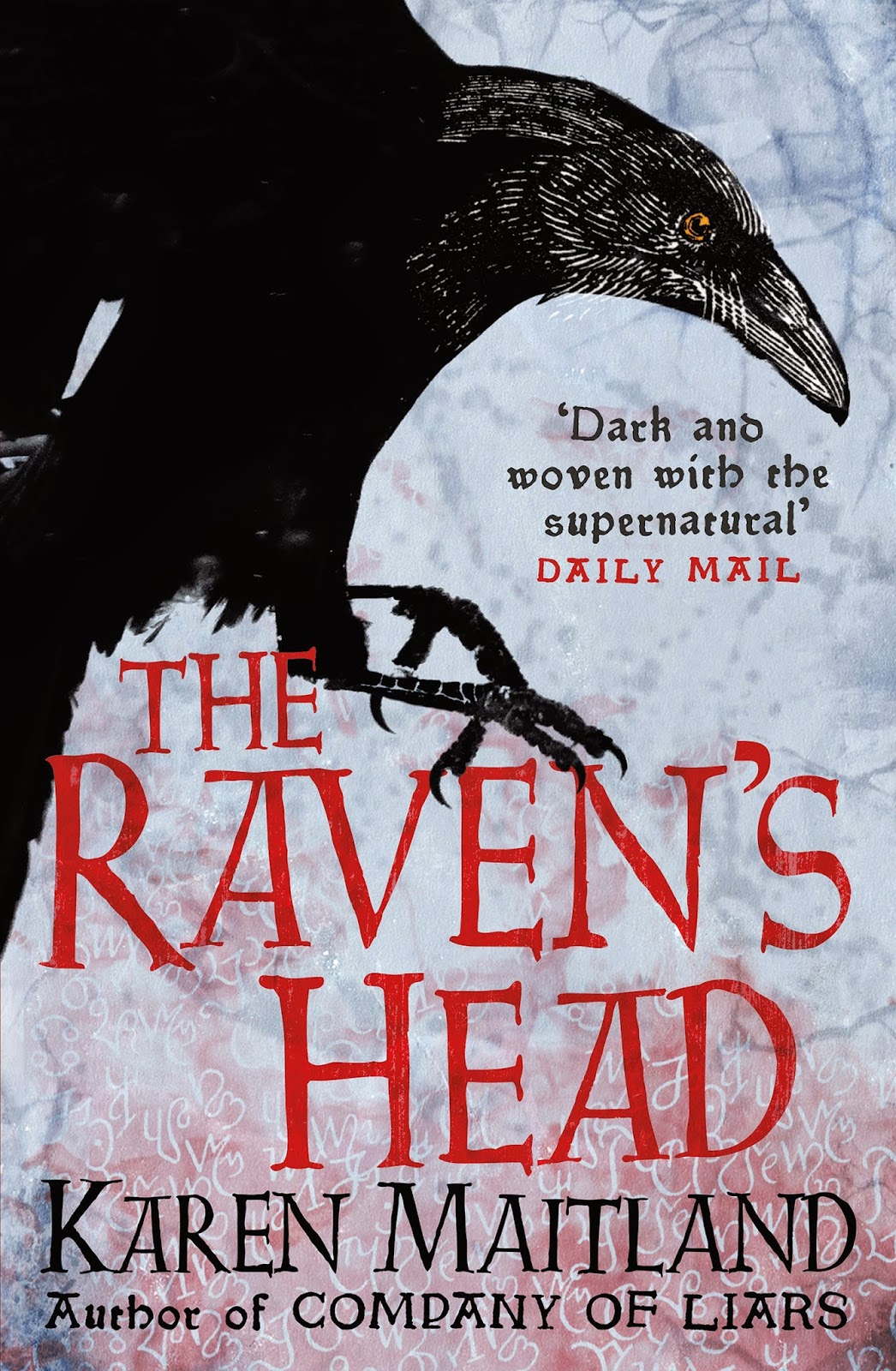Today I am pleased to welcome author, Karen Maitland onto the blog to talk about ravens, one of my favourite birds. I used to have a couple that would peck on my conservatory door on a daily basis, waiting for some food. Karen's new book, The Raven's Head has just been published.
In my new novel THE RAVEN’S HEAD, the raven is a sinister creature, but I actually love ravens, though they do have wicked sense of humour. I had a great aunt, who was always rescuing injured wildlife, a habit I have inherited from her. One of her rescues was a baby raven she’d hand-reared after it fell from the nest. As soon as he could fly, she released him, but he returned every day, bringing her gifts of pebbles. He loved to ride on her shoulder, but he seemed to sense if any visitor didn’t like him. He’d quietly perch on top of one of the doorways until the visitor was directly beneath him. Then he’d drop on them, flapping his wings and screeching. He’d often waited patiently before pouncing, until they were carrying something in both hands. He’d fly up out of reach and watch the chaos, with his head on one side. I’m sure he was chuckling.
Throughout history, ravens have inspired both awe and fear. They were associated with death, because they feasted on carrion and pecked at the corpses hanging on gallows or the slain on the battlefields. But ravens were also associated with the ancient gods of Saxons, Celts and Viking. There was even a legend that King Arthur didn’t die, but became a raven so he could watch over his people.
The Norse god Odin had two ravens - Huginn, thought, and Muninn, memory - who flew across the world to discover the guilty secrets men tried to hide. It was this legend of the raven that was one of the inspirations for the medieval raven’s head in my novel. But by the Middle Ages, ravens had come to be regarded as the Devil’s birds or witch birds, even the devil himself in disguise, probably because of their association with the old gods, but also because the raven was an emblem used by the feared Viking invaders of old.
Many people believed that demons rode on your left shoulder nd angels on your right, which is why if you spilled salt you had to throw a pinch over your left shoulder into the demon’s eyes. So anyone hearing the cry of the raven over their left shoulder could only avoid bad luck, if they turned round three times to the right and crossed their fingers.
But there was also the curious legend of the Raven’s stone which could make the bearer invisible. To get it you had to climb a tree to a raven’s nest that was more than 100 years old and kill a nestling that was under six weeks old. The parent bird would return and insert the magic stone in the dead chick’s throat to revive it, which you could then steal. My characters in THE RAVEN’S HEAD are trying to create the alchemist’s stone, and that too requires a killing, several in fact, but you can be sure the victims will not be the ravens.
The Raven’s Head by Karen Maitland is published in March by Headline.
To find out more about Karen: Website
